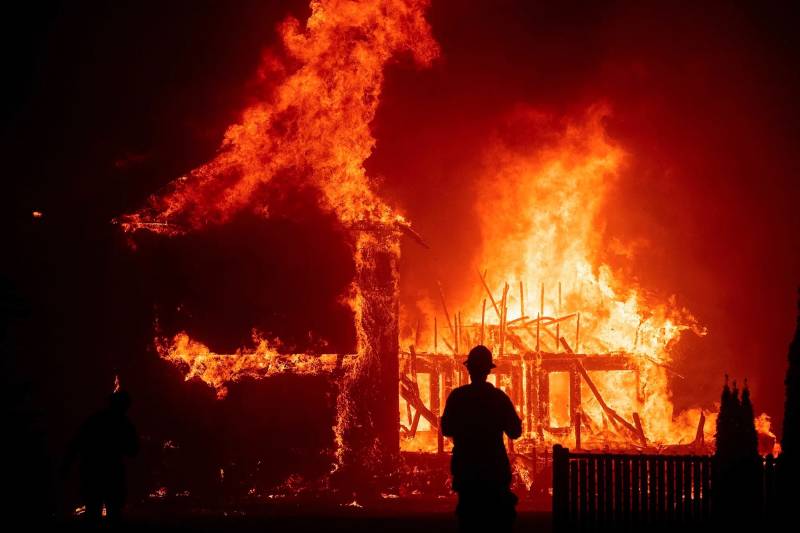When insurance companies explain their costs to the insurance department as part of the process for justifying their prices, they aren’t allowed to include the cost of reinsurance. The department hasn’t historically permitted it, Soller said, because it doesn’t regulate reinsurance.
“What are insurers supposed to do when, on the one hand, the Department of Insurance is telling them ‘maintain your solvency,’ and then, on the other hand, when their costs go up, you can’t charge for it?” said Frazier.
Insurance industry groups say it would help if they could incorporate the cost of reinsurance into their prices. But consumer groups say that the move would cause premiums to spike.
“Californians would see immediate massive rate hikes — both as soon as that went into effect and ongoing,” said Carmen Balber executive director of Consumer Watchdog. A reinsurance provider regulated by California would address problems she sees with the reinsurance market, Balber said, but that doesn’t exist currently.
4. Reduce the risk of disasters
The underlying problem is that disasters happen in California — at an increasing rate thanks to climate change — and that homes are at risk. They’re in the middle of the woods, or surrounded by flammable grasslands, or on the edge of bluffs that are expected to erode. Making homes less likely to burn, flood or collapse would be good for homeowners and would also make California feel less risky to insurers.
There’s no shortage of ideas for how to reduce risk, and there’s been action on this front in recent years. The insurance department, for example, has required insurance companies to consider whether homeowners take certain steps to protect their homes — like installing fire-resistant vents and clearing out vegetation under decks — in their prices.
California has set aside $2.7 billion for wildfire resilience over the past three years, according to the insurance department. When the department convened a group of environmental advocates, researchers, and public policy and insurance experts to make recommendations on how to reduce the risks of climate change, they came up with a long list (PDF). Among the recommendations:
- Create statewide hazard maps so that future risks are more clear to the public.
- Increase funding to retrofit homes.
- Apply fire-resistant building codes in areas with moderate to higher fire risk.
Cutting greenhouse gas emissions would ultimately be the best way to reduce the risk, said Alice Hill, chair of the group convened by the department and a senior fellow for energy and the environment at the Council on Foreign Relations. But the world will get warmer even if we reduce emissions, she said, so focusing on where and how homes are built remains important.
“That could mean not building in areas that are just becoming too risky,” Hill said.



